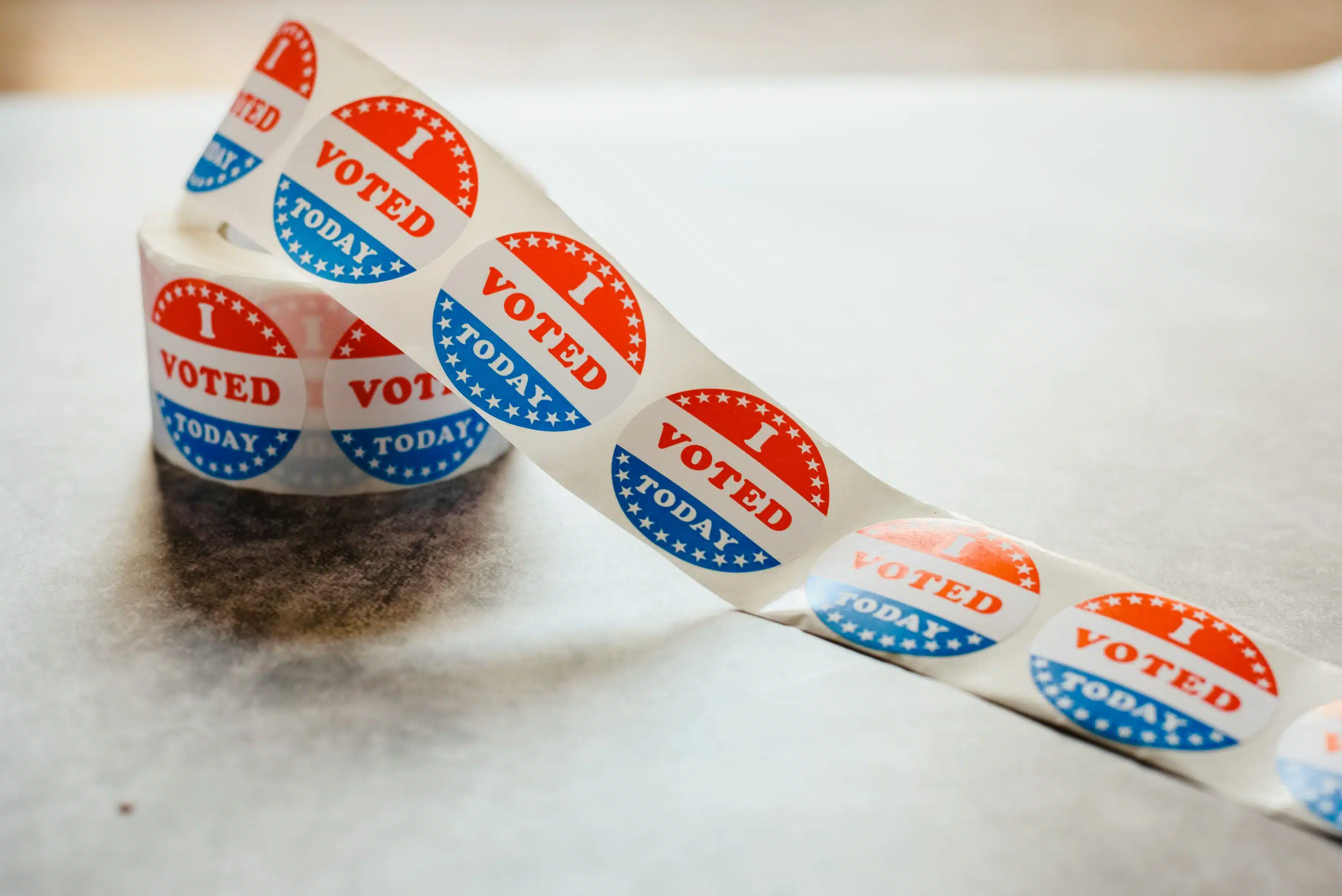Digital surveys open the door for continuous feedback
We’ve been building to this. We’ve already told you to hang up on phone surveys – there are no landlines, and no one answers strangers’ calls. We cautioned you to be sure your digital survey isn’t just a digitized landline survey, because that won’t give you the data you need. Still, phone survey stalwarts just cannot be sure this newfangled approach works.
The proof’s in the pudding, or in this case the Pennsylvania Republican gubernatorial primary election.

We surveyed likely Republican voters across Pennsylvania about their picks for governor in the crowded, nine-candidate May 17 primary, and the plurality of respondents were squarely behind Doug Mastriano (hardly surprising, given he won with 44% of the vote).
But what might be surprising to some of you reading this is how we did it.
With the flexibility of digital, we collected data from April 11-22 across text messages, email, Facebook and Instagram – enabling voters to be reached where they are and when they want to be. Furthermore, they took the survey at their own pace, allowing for better comprehension of each question than would otherwise be achieved over the phone.
And when the results were tabulated, our digital-first approach performed just as accurately as traditional polling firms.

Certainly, yesterday’s constructs for phone surveys don’t work with digital platforms, but the rules we’re developing through proven use show the flexible digital format has the chops to go up against any landline survey.
But, wait, there’s more.
Research is episodic. Do your phone survey, get your results and you have a snapshot in time. But our digital platform allows for continuous feedback.
We can recontact all of those people who opted in to the survey and, as a campaign progresses, take a much more personal dive into what is driving the electorate.
For example, we can compare what respondents identified as their top issues for the government to address with the platform that their candidate ran on, and understand more deeply why their candidate does — or does not— align with what they ranked as important.

That’s simply not possible with a phone survey.
Flexibility, limitless questions, user-friendly experience, accurate data and the ability to truly answer the question:
What’s next?




